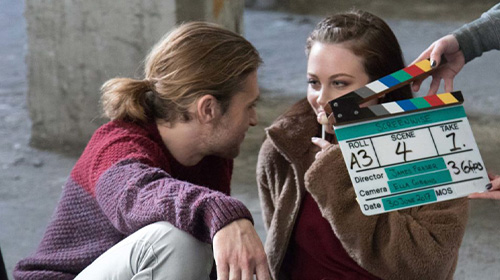15 May 2019 Screenwise Tips
How to Choose the Right Scene for Your Showreel – Screenwise Tips
If you are dead serious about pursuing a career as an actor, you should have an outstanding showreel video.

A showreel is simply a 1–2 minute video highlighting all the amazing work you have done in the past. It contains short, interesting snippets of your work in the production, as well as your headshot and personal contact information. It’s basically an important marketing tool for you as an actor, hence creating one should be taken seriously.
However, you can’t send showreel examples to casting directors just because you think they would help you bag that major role. Of course, you have to be careful with your choice of showreels, too. A certain showreel may work for a certain role, but it might not for the other.
So, how do you choose a scene to include in your showreel? We’ll share with you some handy tips:
What to Include in Your Showreel
A professional showreel should include the following scenes:
1. Include a slate screen at the beginning and end.
Slate screens are a bit tricky to make. There is no standard to follow on how to make them. All we know is that they should be professional, straightforward, and quick.
A slate screen should not last longer than five seconds. Although it seems like a short amount of time, if you’re a casting director or a producer, it will feel like forever.
In your slate screen, you should include your complete name, talent agency, website, contact details, a headshot photo, and your email address. If you decide to include music, make sure it is not copyrighted and relates to the overall vibe of your reel.
2. Showcase your best work.
This is the common mistake of actors. They do not showcase the best clips they’ve got. And if they do, they put it at the end of the reel.
Well, this happens in movies and television shows all the time. All the best and exciting scenes happen at the end. However, if it is a showreel, you should always start by giving people a positive impression about you. Don’t give them any chance to think that you are an amateur.
3. Choose a scene that is very good.
There are scenes that are not very good. This may be due to low production values or your fellow actors are not doing well in the scene.
Well, if the scene does not appear good, then there is no point in adding it. After all, you don’t get another chance to make a great impression.
4. Pick a scene that focuses on YOU.
If it’s just a scene that shows a quick glance of your face, don’t include it. Yes, it is great that you landed that role in a big production, but if it’s only role that is a bit higher than an extra, just don’t bother spending time inserting it.
Now, if you don’t have other scenes to include, then you can use those types of clips. But once you get something of better substance, update your reel and swap it in. Adding scenes that feature one-liners or quick cuts will only dilute your brand as an actor.
5. Add lively scenes.
Scenes wherein you are staring out the window, driving, sleeping, sobbing, or anything without action do nothing to market your brand as an actor. Honestly, they are only boring to watch.
If you have fun and interesting scenes that involve heavy drama and speaking lines, might as well include them. Casting directors and producers prefer seeing these sorts of scenes over dull ones.
6. Insert scenes that are up-to-date.
The scenes that you include should reflect who you are and what you look like at the moment. Otherwise, you will end up pissing a casting director. He doesn’t want to see a 40-year-old with a dad bod showing up at an audition with a reel that showcases his 25-year-old hunk physique.
7. A scene should show your type.
This tip is a bit confusing, but it is very important that you know how you are perceived by other people. Your showreel should reflect all those perceptions.
As an actor, it should be natural to be able to play different roles on and off-camera. But if we consider the point of view of the entertainment industry, there are narrower possibilities.
If the scenes in your demo reel are all over the place, it might convey the message that you don’t know who you are or you are not comfortable with your skills and abilities.
What Scenes to Avoid
There are many things that you want to include in your showreel, but it shouldn’t be any of the following:
1. Scenes in a Foreign Language or a Local Dialect
Even if they have subtitles, try to avoid including scenes in a local dialect or foreign language. While being multilingual can be an edge, you don’t want to confuse an English-speaking decision maker about needing to hire a translator just to bridge the language barrier or culture gap.
In addition, no matter how fluent and flawless you speak in an American accent, people will think they can tell your real accent if you speak in your native language. This may sound odd, but it’s happening.
2. Clips of Your Special Skills
It is unnecessary to include clips of you showcasing your special skills. Although it sounds fun and interesting, as much as possible, keep the reel short. Your showreel has to have good quality. Clips of you doing stand-up gigs and other stage work should be separated in another file.
3. Monologues
If the production you want to join is a theatrical play, it is okay to add monologues. But if it is a big Hollywood flick, aim to include a heavily emoted scene. Inserting a monologue may cause casting directors to think that you are an amateur.
A professional showreel is like a good headshot. It won’t just land you a role. It can also get you invited to more auditions.
If you really want to get started with your acting career, create a professional showreel and apply for our Showreel Course at Screenwise.

Share this
Career focussed
Training in acting for film & television
Screenwise offers full-time and part-time intensive creative and technical accredited screen acting programs.
Explore acting courses